AGM-65 Maverick
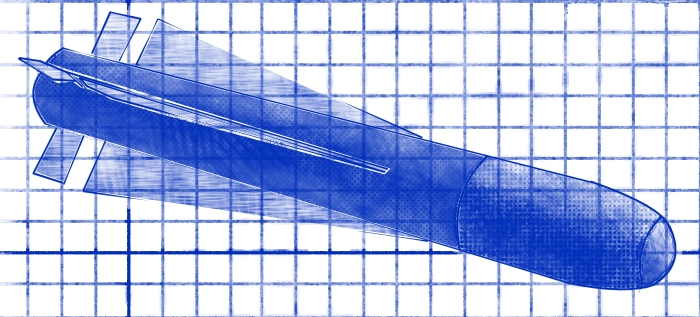
Maverick Models
| Model Letter | Warhead | Seeker Type | Force Correlate? |
|---|---|---|---|
| D | 126lb shaped charge | IR | N |
| G | 300lb penetrator | IR | Y |
| H | 126lb shaped charge | TV | Y |
| K | 300lb penetrator | TV | Y |
| E/L | 300lb penetrator | Laser | N/A |
Employment Basics
Range is the first factor to be considered, for reference the A-10C manual guides you to use the AGM-65 within 7 nautical miles of the target, slant range. Players will often get closer than this and when assisted by a TGP handoff in the A-10C (set SPI with TGP, force sensors to SPI with China Hat forward) the non-laser models are easy to use and get on to the vehicle of choice within a column or group.
Our non-laser models are all fire & forget. This works well for short range air defenses (SHORADS) such as AAA, manpads and the IR SAMs like the SA-9. However, it is easier to see the shortcomings of this system when we talk about something tougher – an SA-3 site. If we assume that you only have one missile, you need to hit the tracking radar in order disable the site. Being close enough to pick it out on the maverick seeker and be certain you have locked the correct target is not a good idea especially if you are flying slower, like in the A-10C. At maximum effective range, you cannot pick out the target.
Visualizing the Limitations
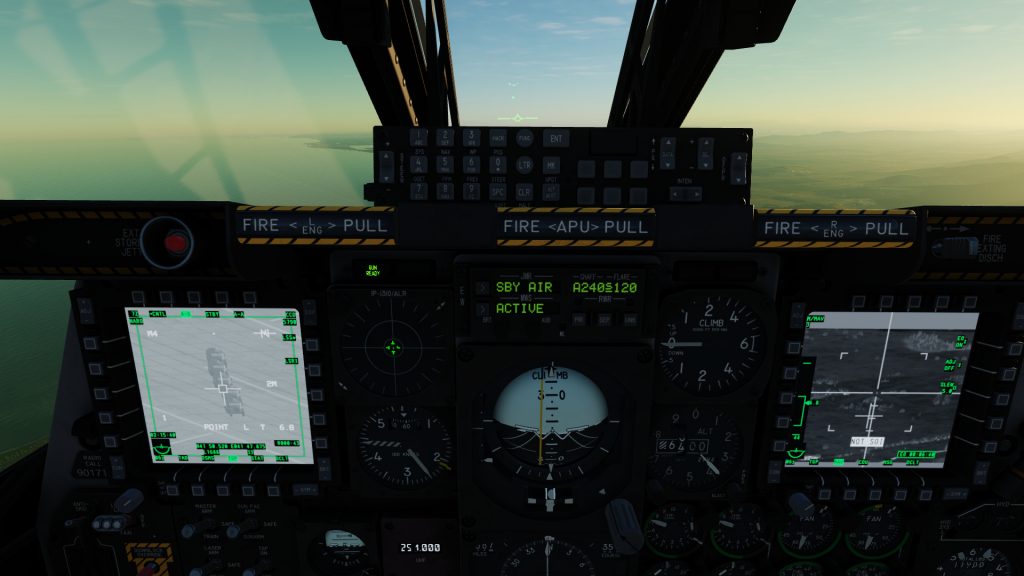
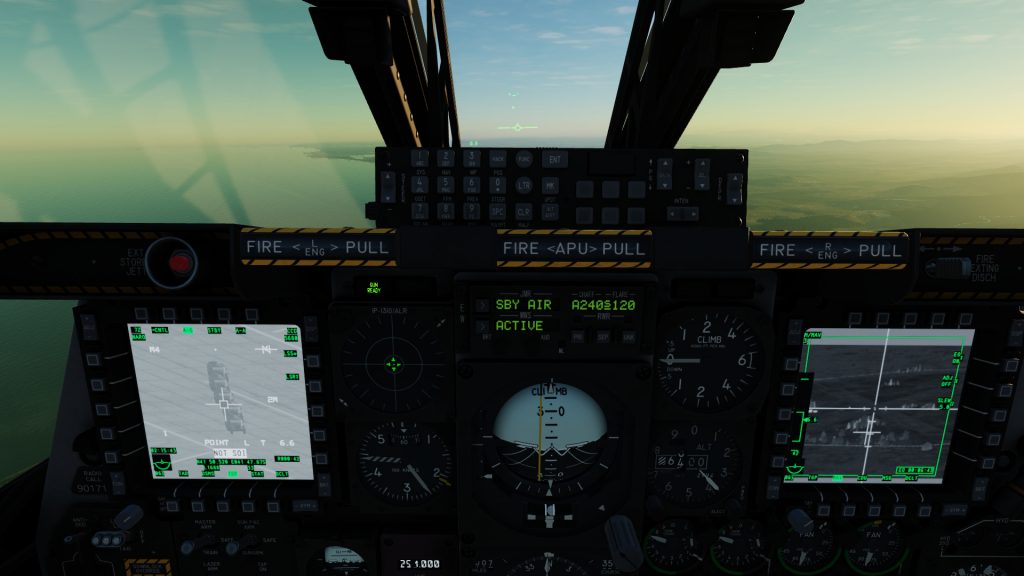
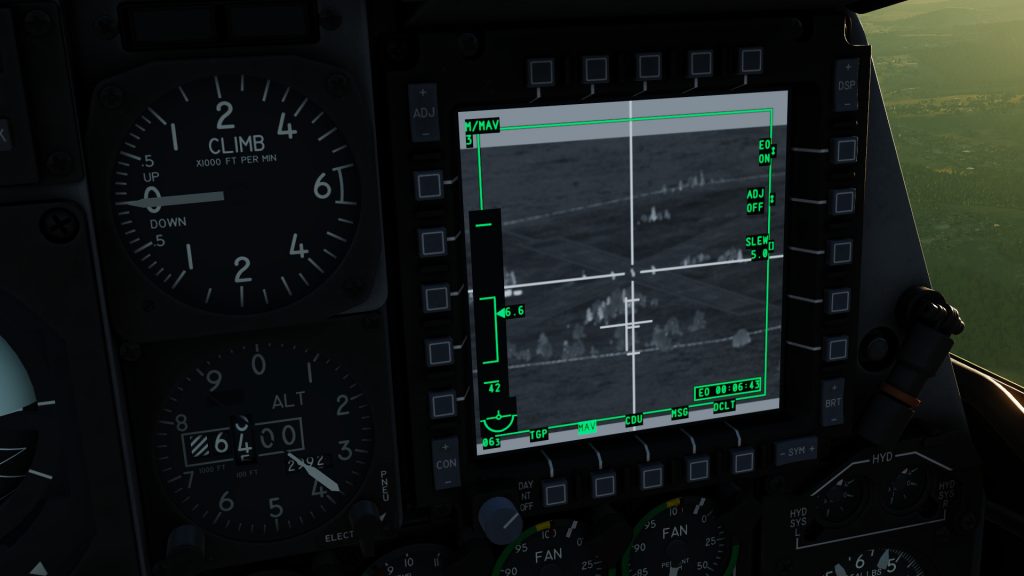
Our A-10C is gifted with some very crisp and clear displays. The black and white display method and default values for brightness and contrast work great. What about an aircraft not so well set up? Below are a similar set of images from the F/A-18C Hornet.
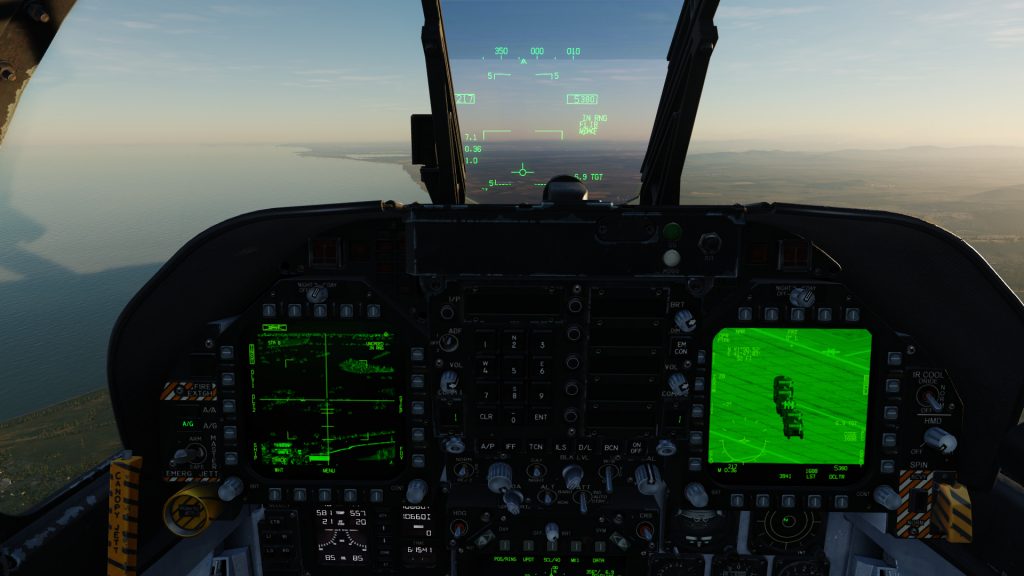
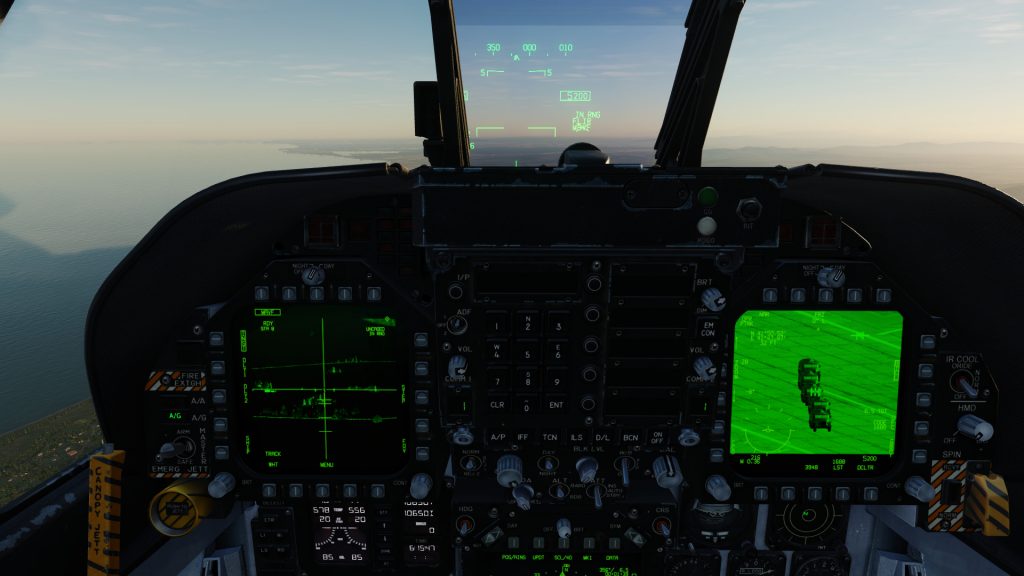

Force Correlate
The models which can use this feature are marked in the table at the top.
To take from the ED A-10C manual (page 571 – shortened for brevity):
If you need to attack a specific part of a large object (such as a particular window in an office building), you can use force correlate mode. This mode allows the seeker to create a basic picture of the scene and home in on one specified area of that scene.
The instructions are like this:
- Place the Boat Switch in the center position.
- Slew the tracking gate near the intended target.
- Ground stabilize the Maverick by pressing TMS Aft Short.
- Slew the tracking gate over the target and the tracking gate will fully collapse. The Pointing Cross will go steady.
- You can now launch the Maverick by holding down the weapon release button.
The problem with force correlate is that it is not going to be very precise at range and may even fail to track properly. However, this can work from lower altitudes under 10,000ft from nine nautical miles, which is a large bonus to our range.
To fully understand force correlate mode’s advantages, it was possible in the past to contest an SA-6 and SA-15 site with an A-10C lightly loaded from 22,000ft by using force correlate from a range of approximately 13-14 nautical miles slant range.
Laser Maverick (LMAV)
While the non-laser models are fire-and-forget, they bring some significant limitations. These include there only being a chance that you can:
- survive close enough to get a maverick shot
- make a good lock from far away
- use force correlate and get a good hit from a safe distance
To solve some of these issues we can make use of the laser guided maverick, which like Laser Guided Bombs, the LMAV allows us to use the amazing zoom of our Litening TGP, taking care of target acquisition. We do sacrifice the ability to disengage as we must keep the TGP within its view masking limits.
The outboard position of the TGP on the A-10C makes for a mostly unobstructed view if you turn 90° off target, which may also notch an incoming missile form a SAM site. For the Hornet, you will need to plan your payload to ensure that you do not have an obstruction to the TGP if using it on the cheek station or flying in a banked turn away from target at a slow turn rate if using it on the centerline without much altitude.
You can get the fire-and-forget capability back by making use of teamwork via buddy lazing from another aircraft, or ground forces. The laser maverick would also do better at what force correlate is meant for, hitting a specific point on a target like the defensive weapons on a warship.
One of the real-world advantages is that the LMAV can be used in areas where there is higher risk for collateral damage because it is more precise, and the ground forces authorizing the attack can be sure it will hit their requested target. Another benefit, which is not currently modelled in DCS, is that an LMAV will dis-arm the warhead if the laser is lost.
Buddy lasing works when you have one aircraft fly as an airborne forward air controller [FAC(A)], they can lase for you and you do not need a targeting pod. However, it would be helpful to keep one for the laser spot search (LSS) capability. If you were to use LGBs, you will need them to give you talk-on close enough to drop the bomb and have it find the laser – but nobody can be sure will “catch” until the weapon is already on its way (if we use F6 camera) or impacted – this is not a very safe method. If we are using the LMAV, the talk on can be looser as the missile will scan and lock onto the laser source before launch, so you can be certain it has picked up the target. This would make for some good co-op gameplay where one player (or crew in an F-14) can work on finding all the targets, while others simply bring in the missiles.
The laser maverick is also a great compliment to the APKWS laser guided variant of the Hydra 70mm rockets which are too weak to take on armored targets like modern main battle tanks. Both weapon systems can be used to essentially cross-train on the other, and you could take both on one flight to attack a variety of target types while practicing the same basic methods. The APKWS is has an HE and HEAT warhead variant (which is of course, small) and can cover soft and light armored targets while the LMAV cover hardened or heavily armored targets.